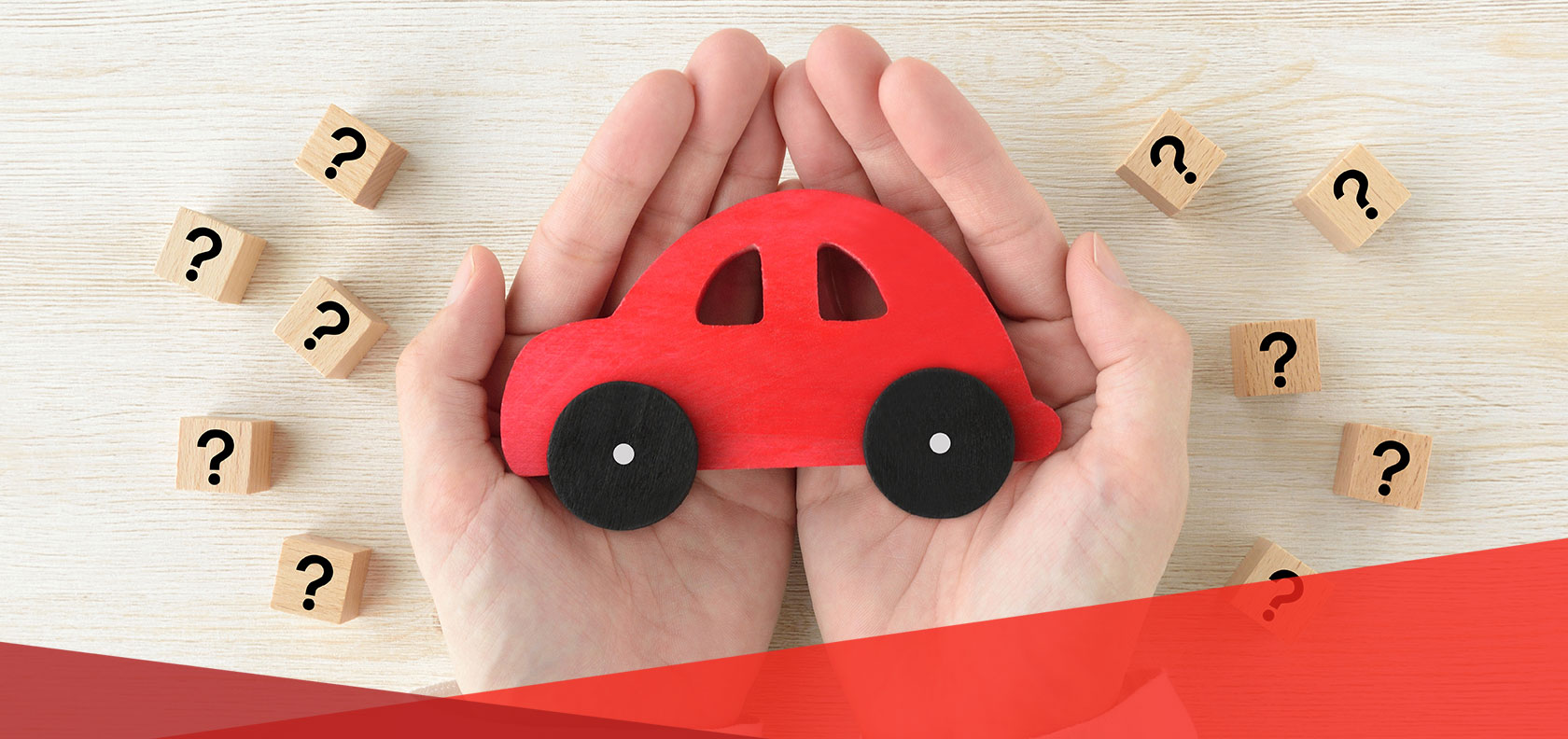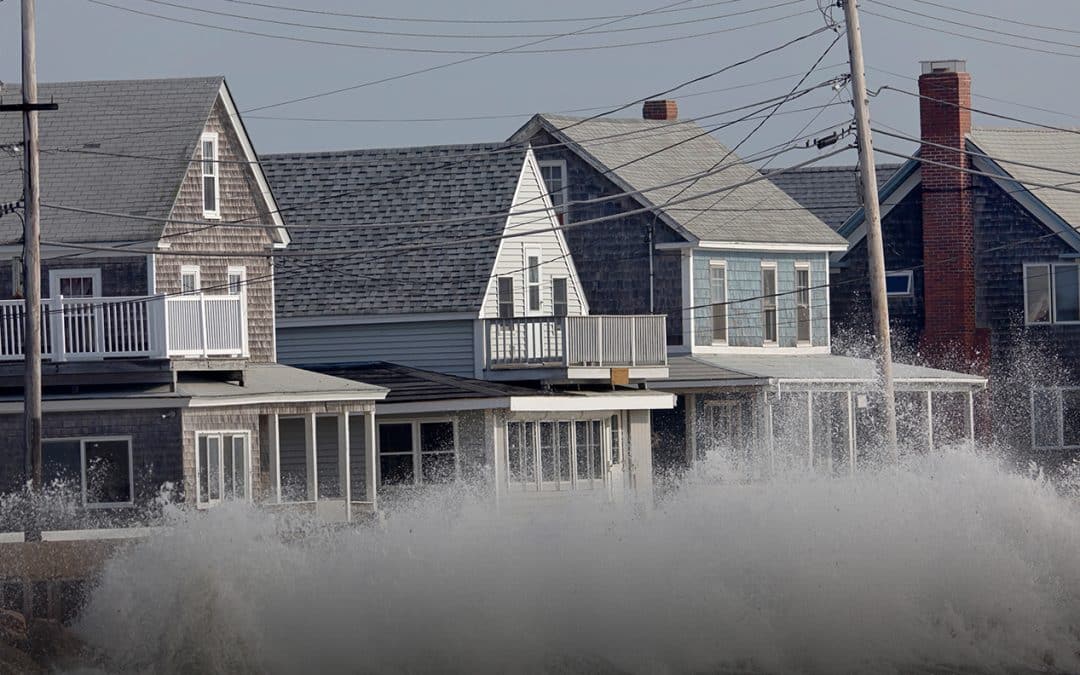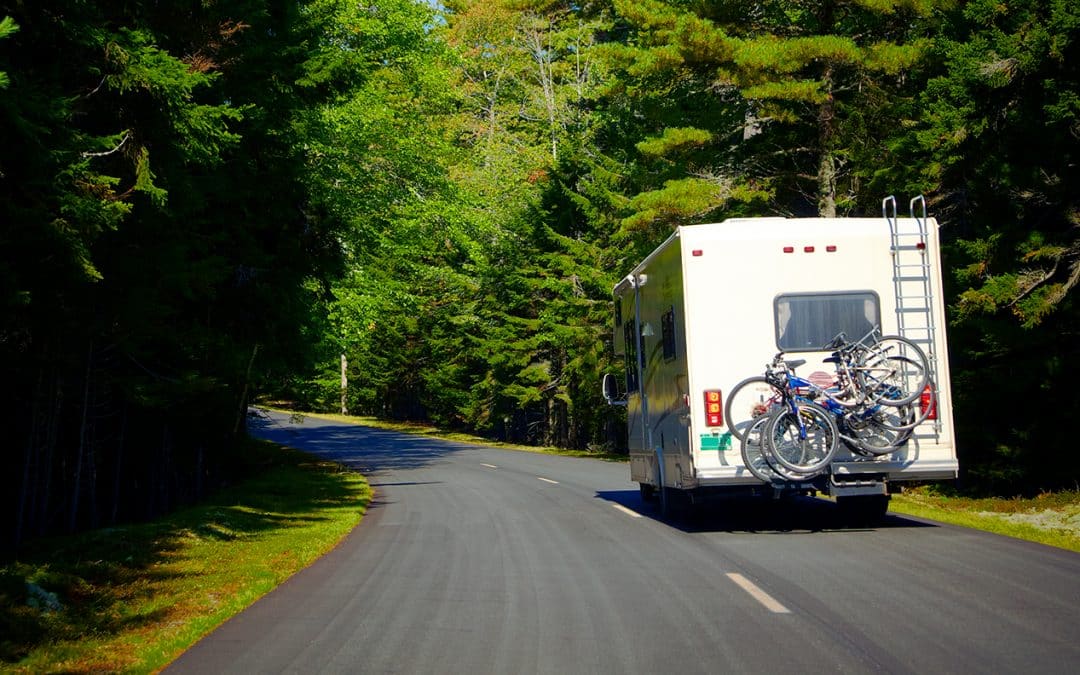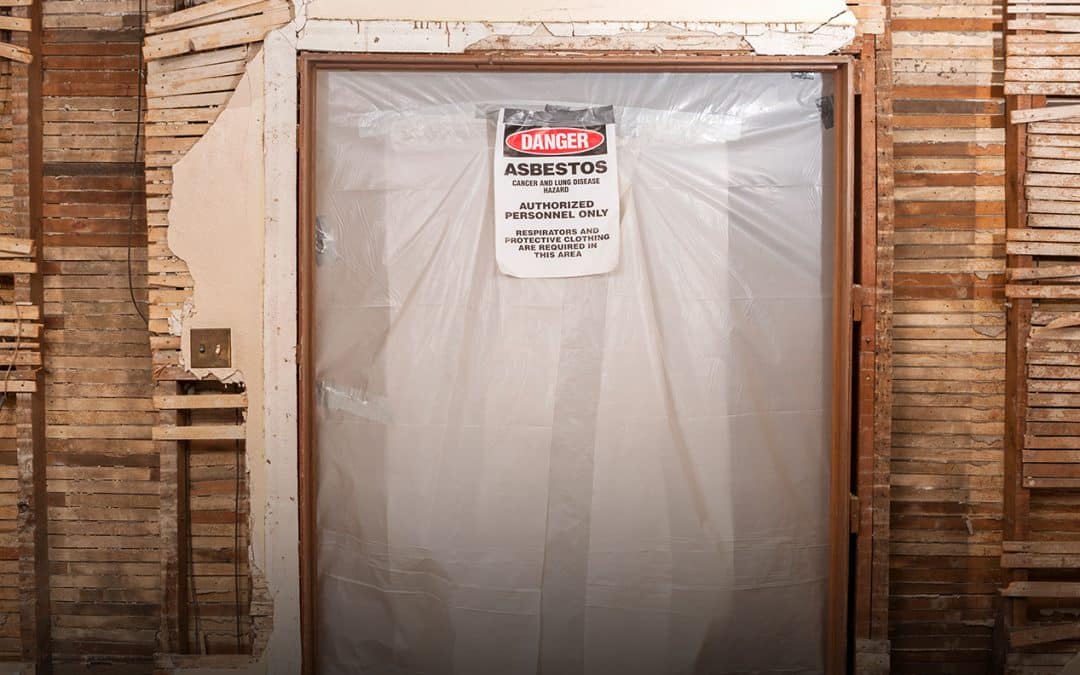With industry-specific jargon and high-stakes decisions, buying car insurance for the first time can be daunting. But getting the right car insurance coverage for new drivers could mean saving thousands of dollars in out-of-pocket repairs or medical bills if there’s an accident. If you are a new driver, here is some of what you need to know about buying car insurance for the first time.
In this guide to buying car insurance for the first time, we’ll go over:
Insurance Basics for New Drivers
Car Insurance Coverage Types
Limits and Deductibles
How to Get a Quote
Discounts for New Drivers
It might seem like a lot, but stick with us and you’ll be on the road (safely and with more savings) in no time!
Insurance Basics for New Drivers
Arguably one of the cheapest ways for a new driver to get insured is by being added to an existing insurance policy, like your parents. You’ll likely get discounts for a multi-car or multi-driver policy. It could also be a good solution if you’ll be sharing a car with another driver at home. If your family’s home is insured with the same insurance company, this could mean additional savings.
Sometimes this isn’t a feasible option, and that’s okay. When it comes to buying car insurance on your own for the first time, it is a good idea to shop around and get quotes from several insurers. Understanding the different types of coverage will help you find the right policy that gets you the coverage you need and fits your budget.
Car Insurance Coverage Types
At the core, car insurance is financial protection for the risk of car damage, property damage or bodily harm. There are several types of car insurance that all cover different risks.
Liability Coverage
One of the most common coverages included in car insurance is liability coverage. In most states (except New Hampshire) liability coverage is required by law. There are two types of liability coverage – bodily injury and property damage.
Bodily Injury Liability Coverage
Bodily injury liability coverage, sometimes called BI, protects you financially if you harm another person in an at-fault accident. It may be able to cover their medical bills and injuries from the at-fault accident.
Property Damage Liability Coverage
Property damage liability typically covers qualifying repairs for the other party’s property that was damaged in an at-fault accident. This may include damage to their vehicle, yard or house that resulted from the at-fault accident. But what about damage to your car in an at-fault accident? This is where comprehensive coverage comes in.
Comprehensive Coverage
Comprehensive coverage typically covers damages from:
- Extreme weather: hail, wind, fire, floods, etc.
- Falling objects, like branches or trees
- Collision with an animal
- Acts of vandalism or theft.
Collision Coverage
Collision coverage is more straightforward. It usually covers damage to your car from a collision with another vehicle or object of some kind. If you hit a telephone pole or rear-end the car in front of you, in most cases, you’d fall back on collision coverage. If you leased your car or financed it in some other way, collision coverage is usually required by your lender.
Full Coverage
You might also hear about something called full coverage. It’s not an actual coverage type but is essentially a name for a combination of coverages. Full coverage can vary depending on how the insurance company defines it, but it typically describes a policy that includes liability, collision and comprehensive coverage. Full coverage, as the name describes, offers the most coverage, but is also usually more expensive than liability coverage alone.
Uninsured / Underinsured Motorist Coverage
Although most states require liability insurance by law, there’s still a portion of people who drive without car insurance. Uninsured or underinsured motorist coverage (UM / UIM for short) provides financial protection where the at-fault driver doesn’t have enough insurance to cover your damages (underinsured) or doesn’t have insurance at all (uninsured).
These are the most common types of coverage, however, there are a few other types of coverage you should be aware of.
Other Coverage Types
In some states, these coverages are optional add-ons to your policy. However, in other states, they are required. Find an independent agent near you to discuss what coverages are required in your state.
Personal Injury Protection
Personal Injury Protection, sometimes called PIP, normally covers medical expenses, lost wages and even childcare fees. This type of insurance can also be known as no-fault coverage.
Medical Payments Coverage
Sometimes abbreviated as MedPay, this coverage option typically pays for any medical costs after the accident, no matter who was at fault for the car accident.
Gap Insurance or Auto Loan / Lease Coverage
Guaranteed Asset Protection coverage, sometimes also called Auto Loan / Lease coverage typically covers the difference between what you owe on a vehicle’s loan and the depreciated value of the car your insurance company may pay in a claim. Essentially, if you total your car, but still owe more than it’s now worth, gap insurance would usually cover the difference.
Once you understand what each type of car insurance covers, it’s time to pick your deductibles and coverage limits.
Choosing Deductibles and Limits for New Drivers
Your coverage limits are the maximum amounts your insurance would pay out as the result of certain accidents. You choose what limits you’re comfortable with when you buy your policy, however, most states have legal minimums you’ll need to meet or exceed.
What do the three numbers mean in car insurance?
Liability coverage is usually written as a series of numbers representing the maximum amount (limits) in thousands of dollars your insurance could cover in an at-fault accident. These numbers indicate:
Individual Bodily Injury / Total Bodily Injury / Property Damage
For example, a 100/300/50 policy, covers a maximum of:
- $100,000 in individual bodily injury
- $300,000 in total bodily injury
- $ 50,000 of property damage.
Remember, in an at-fault accident:
- Individual bodily injury is the maximum amount of medical expenses your insurance could cover per person.
- Total bodily injury is the maximum amount of medical expenses insurance could cover for all injuries combined.
- Property damage is the maximum amount insurance could cover for property that’s damaged. Think things like damage to someone’s car, a broken telephone pole, or damage to a building.
The at-fault driver would be responsible for any damages beyond the maximum limits covered by the insurance policy. Most drivers who don’t have a lot of assets like a house or financial savings to protect commonly choose to keep their limits lower. However, it’s important to make sure you have enough coverage to cover damages you cause in the case of an at-fault accident. Talk with an agent to discuss the best coverages and limits for you.
How do car insurance deductibles work?
A deductible is an amount paid out of pocket per claim before insurance kicks in. Deductibles vary but usually range from $300 to $2,000. They apply to comprehensive and collision coverage and sometimes PIP.
So say a car loses traction on an icy road and hits a telephone pole causing $2,000 worth of damage to the car. If the driver had a $500 deductible, they’d pay the first $500 and insurance would cover the remaining $1,500 worth of damage.
What deductible is right for a new driver?
Luckily, just like with your limits, you choose your deductible when buying your policy. Less experienced drivers typically choose a lower deductible. This means if they got into an accident (or two or three), they’d usually only be paying their deductible each time, depending on the nature of the accident. The tradeoff is that a lower deductible usually means a higher price for insurance.
Once you know what type of coverage is best for you and you’ve determined your limits and deductibles, it’s time to finally get a quote and find out how much all of this is going to cost.
Getting a Car Insurance Quote
Before you sit down to actually get a quote, it’s best to collect the information you’ll need in the process.
To buy car insurance, you’ll need:
Vehicle Information:
- Make, model, and year of your car
- Your car’s Vehicle Identification Number (VIN)
- Mileage on your vehicle’s odometer
- Any security features your car has, like a car alarm or GPS anti-theft device
- How many miles you’ll be driving the car per year
- Who, if anyone else, will drive your car at any time
Personal Information:
- Name and date of birth
- Address including zip code
- Driver’s license number
- Age you got your driver’s license
- Driving history (if you’ve already been driving for more than a year)
How do I get a car insurance quote?
Once you have everything you’ll need, it’s time to get a car insurance quote. MAPFRE Insurance offers two main ways to get a quote so you’re able to shop whichever way is most convenient for you. You can work with a local independent insurance agent near you or you can get a quote online with MAPFRE Insurance if you’re located in Massachusetts. Both methods have their benefits, so it’s good to know what options you have before choosing one.
Why is my quote as a new driver so expensive?
Unfortunately, first-time drivers (and really, most drivers younger than 25) usually attract higher prices for insurance. Insurance companies generally look at a slew of factors to determine your car insurance rate but below are some of the most common that might explain why your quote is so expensive:
Age
In general, more mature and experienced drivers have fewer accidents than teens.
Your Driving Record
Naturally, car insurance rates fluctuate based on how risky it is to insure a driver. If a driver has a history of car accidents, it’s likely that this will affect their driving record and possibly increase their rates in the future.
Where You Live
The zip code you live in makes a difference when it comes to the cost of your car insurance. Insurance companies will factor in how likely it is that your vehicle could be damaged or stolen based on data from that area.
Your Vehicle
Insurance companies evaluate the likelihood the car you want to insure is to be in a collision or could be stolen.
How Often and What Distance You Drive
The more you drive the car, the more likely it is that there will be a car accident. Another factor is the impact driving more often and longer distances has on the health of the vehicle.
There are tons of other factors taken into consideration when calculating a driver’s perceived risk level and resulting policy price. Because not all insurance companies use the same formula, it usually pays to shop around and compare prices. A word of caution, however: make sure you’re actually comparing the same level of coverage, not just the policy’s price. To make it quicker, you can use comparison sites to get quotes from multiple insurance companies at once.
Discounts for New Drivers
It pays to look into what discounts are offered for new drivers. Most insurance companies offer discounts for safe drivers, good students and multi-car and multi-driver policies. Some offer discounts for completing a driver’s ed. course as well.
MAPFRE Insurance is proud to offer car insurance discounts to new drivers including:
Good Student Discount
Driver must be inexperienced and a full-time student maintaining at least a “B” average.
Student Away from Home
The driver must be inexperienced and residing more than 100 miles from where the car is garaged, without access to the car while at school.
MAPFRE Relation Discount
The policyholder must be licensed for 10 years or less and reside in the same household as their parent(s) who maintain an auto and property policy with MAPFRE.



